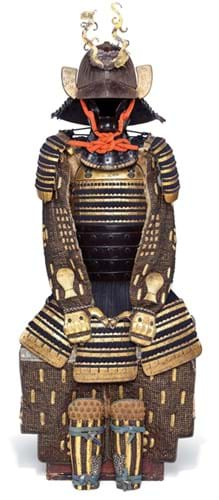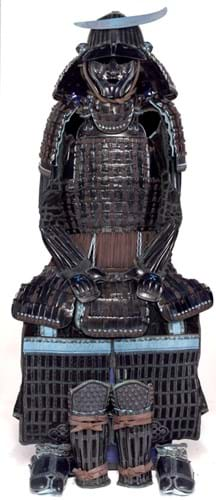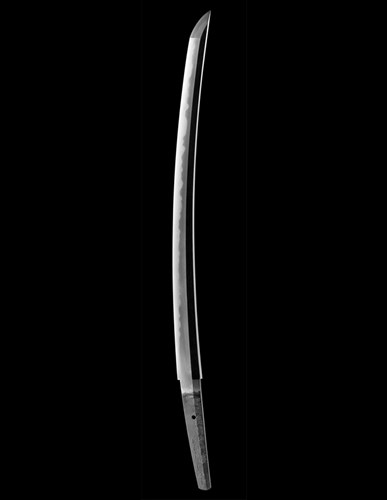
Willem Dolphyn (1935-2016), a Dutch still life painter who exhibited regularly at the Gladwell Patterson gallery in Knightsbridge, would annually visit his favourite dealers to fuel a wide-ranging collection the included Chinese porcelain and Venetian glass.
Among the stand-out lots in the collection offered at Mallams on October 25-26 are two Edo period suits of samurai armour, one estimated at £5000-7000, the other at £4000-6000.

A Japanese Edo Period (17th/18th century) Nimado Gusoku (two piece cuirass armour), estimated at £4000-6000 at Mallams’ sale of the Dolphyn Collection in Cheltenham on October 25-26.
While the armour may be the most visually impressive items, many of the 80 lots from the Dolphyn collection are rare samurai blades. Examples date from the Kamakura (13th/14th century), the Muromachi (16th century) and the Edo (17th/18th century) periods, many signed and embellished with a range of metalworking techniques.
A highlight of the is a 17th century 51cm blade or hizen wakizashi that includes the inscription Motte Kore Tsukuru (Made Using Iron From Holland). Complete with an iron tsuba (guard) inlaid in brass with a dragon and a lacquer scabbard, it is estimated at £5000-7000.

A 17th century hizen wakizashi (blade) that includes the inscription ‘Motte Kore Tsukur’u (Made Using Iron From Holland) which is estimated at £5000-7000 at Mallams’ sale of the Dolphyn Collection in Cheltenham on October 25-26.
Accompanying these are a range of Japanese sword fittings which will also feature in the sale.





